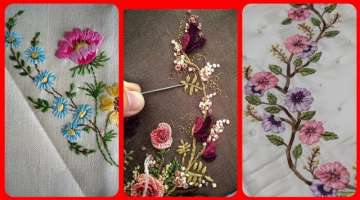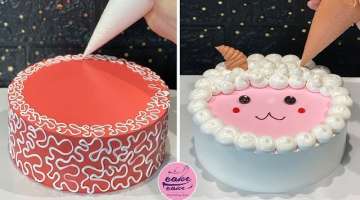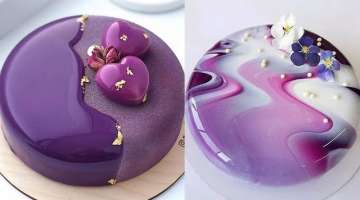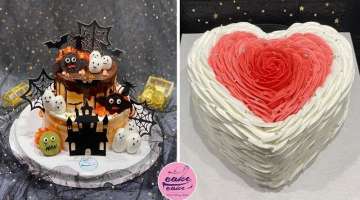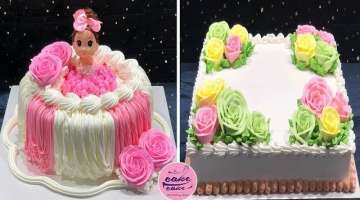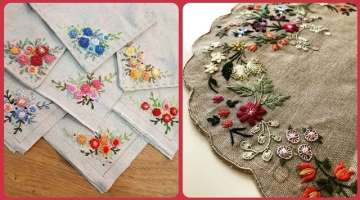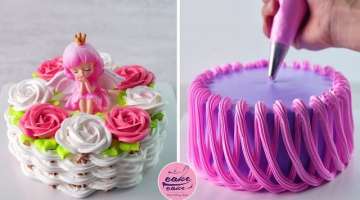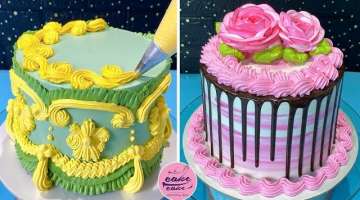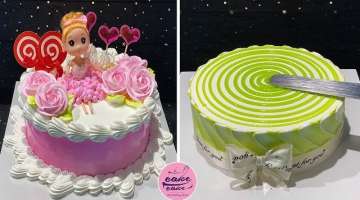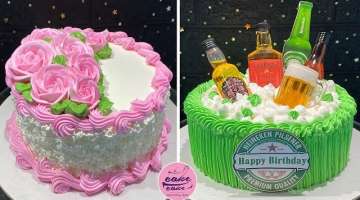Phytonia or Fittonia verschaffeltii, indoor plant tab information about
The Fitonia (Fittonia verschaffeltii) is a creeping houseplant. It is characterized by its small size, perfect as a tapestry for making compositions with larger plants.
- 1 | 19

Frequent, preventing the soil from drying out. High ambient humidity.
- 2 | 19

Fittonia is an indoor plant native to the jungles of Peru mainly, but also to the jungles of Brazil, Ecuador and Colombia.
- 3 | 19

It is characterized by its leaves, green in color and with colored veins or veins that contrast with the rest of the leaf.
- 4 | 19

It is a plant that reaches very little height, about 15 centimeters. This creeping bearing makes it perfect as a complement to plant compositions.
- 5 | 19

The different varieties allow you to find a multitude of color patterns on their leaves that range from white or silver, to yellow, deep red or purple.
- 6 | 19

This makes them very attractive and their compact appearance very easy to place to brighten up any corner of a window or windowsill.
- 7 | 19

With regard to care, fittonia is a plant resistant to heat but not cold . Below 15º the plant tends to lose its leaves.
- 8 | 19

Fittonia is relatively easy to maintain. Although it can hold up well in poorly lit areas, it is best to place it in a well-lit place, avoiding, at all times, that the sun’s rays affect the plant as they would burn it.
- 9 | 19

It needs frequent watering, preventing the substrate from drying out. It is also necessary that the humidity of the environment is high so it is convenient to spray the plant with water, especially in summer.
- 10 | 19

Fertilizer: The fertilizer every 2-3 weeks diluted in the irrigation water. In this case a fertilizer for green leafy plants.
- 11 | 19

Regarding the substrate, they are plants that do not need much substrate, so we can place them in small containers or containers filled with universal substrate.
- 12 | 19

Pests: In general, it is a fairly resistant plant, although aphid pests affect it . To eliminate them, use a specific insecticide against aphids.
- 13 | 19

Reproduction: Fittonia can be reproduced by cuttings . It is enough to prune some branches and place them in a container so that they generate a new plant.
- 14 | 19

One of its characteristics is its leaves with ribs or colored points that contrast with the base of the leaf. Although they bloom in spring, their flower is not very showy.
- 15 | 19

If you want to keep that compact look, pinch it in the summer to keep its size down and to stimulate root generation.
- 16 | 19

If the tips of the leaves turn yellow on the plant, it may be due to overwatering
- 17 | 19

It prevents the saucer underneath the container from retaining water. If the leaves turn brown, it may be due to lack of moisture.
- 18 | 19

We hope these tips help you to have your perfect fittonia full of life
- 19 | 19

A small plant that can decorate a small table in a living room or a corner of a bathroom.
